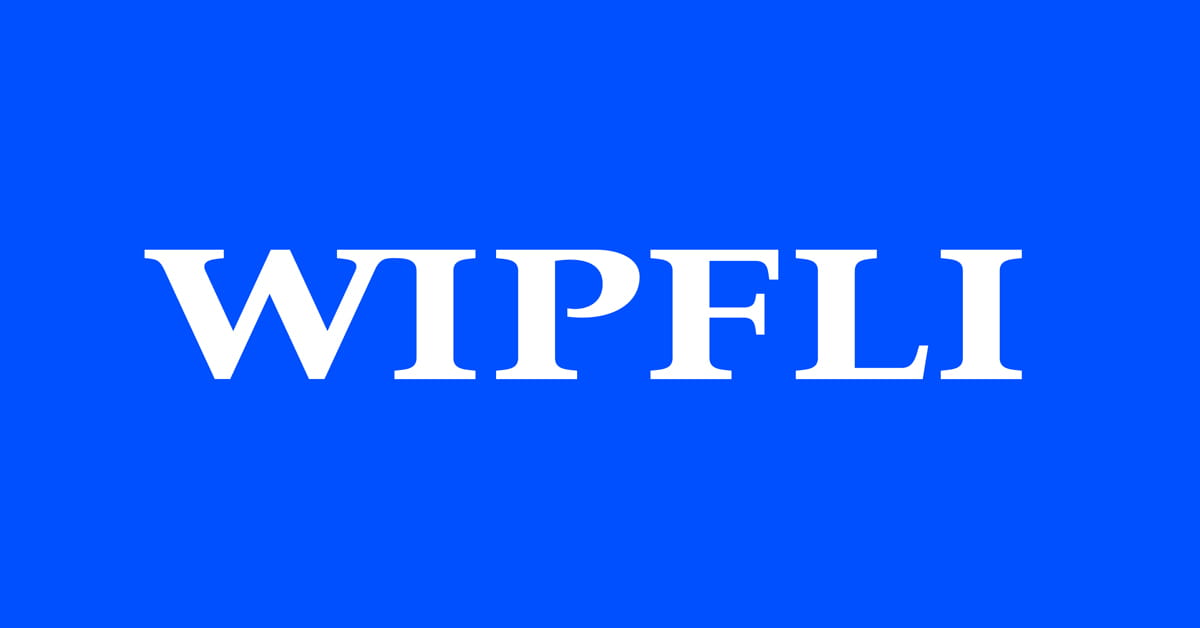SOC 2 audit checklist: How CI/CD impacts audit readiness

Organizations that use continuous integration/continuous deployment (CI/CD) to modernize their development pipelines need to understand how it affects their SOC audit procedures. New regulations and vendor scrutiny are raising the bar for secure, auditable deployment practices — and making SOC 2 compliance more important than ever.
How does CI/CD impact SOC compliance?
CI/CD offer significant benefits, including shorter development life cycles, automated controls, standardized builds and faster response times. But it can also increase the complexity of a SOC exam.
Automation introduces more control points that have to be documented, monitored and auditable. Rapid release cycles also put pressure on change management practices and audit trails. And toolchains and integrations expand the environment that SOC auditors need to understand and assess.
SOC 1 audits evaluate controls that impact your clients’ financial reporting. SOC 2 audits assess controls related to data security, availability, processing integrity, confidentiality and privacy — especially cloud-based services and environments.
Let’s say you use an application for financial reporting or payment processing. If that application was developed using CI/CD, it may be subject to SOC 1 compliance because it relates to financial control reporting requirements.
SOC 2 compliance checklist for organizations using CI/CD
The benefits of CI/CD outweigh the added complexity, especially when organizations are proactive about security and audit preparedness. Use this SOC 2 compliance checklist to meet key SOC 2 audit requirements — before your audit.
1. Committing code
Code updates can introduce bugs or unintended effects. Your SOC auditor will look for an automated, system-enforced review process (such as a pull request) that requires a peer review for mistakes and issues before merging into the code base.
2. Unique identifiers
Maintaining an audit trail is essential for SOC compliance. Track and label unique identifiers like change numbers, build numbers and system accounts. Record who logged in, what they changed and when, so those activities can be monitored end to end.
3. Emergency changes
When an urgent issue requires immediate fix, standard CI/CD procedures may be bypassed. When that happens, your internal controls should log and monitor emergency changes, especially if they skip full testing or involve manual deployment.
4. Automated alerts
Automated alerts are a useful tool for demonstrating process control. Review automated deployments to ensure they were planned and executed correctly and did not introduce new issues. Even minor bugs can negatively impact customers — or lead to larger compliance or service issues.
5. Processes
One of the best ways to prepare for SOC compliance? Develop and document a standard and repeatable CI/CD process.
A process flow diagram can help your internal team and your SOC audit team visualize control points and identify gaps in compliance. Being proactive pays off. Identifying SOC 2 compliance gaps ahead of your exam will improve your SOC audit outcome.
How Wipfli can help
CI/CD development often involves microservices architecture, containers and orchestration software. Make sure you work with a SOC auditor who understands your environment and underlying infrastructure — like Wipfli.
Wipfli’s technologists have deep experience with CI/CD and have conducted SOC audits for fintech, healthtech and other high-tech companies. We also offer SOC readiness assessments to identify process gaps and strengthen your SOC audit readiness.
Sign up to receive additional SOC audit content and information in your inbox, or continue reading on:



